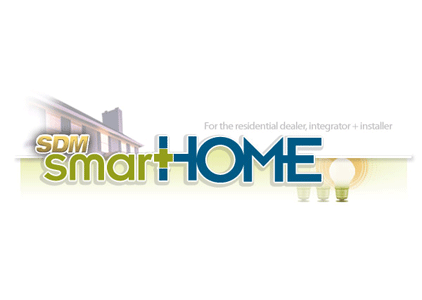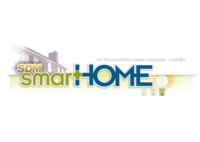The smart home concept is increasingly moving center stage and demand for wireless devices continues to grow. In 2013, sales of wireless embedded smart home monitoring devices, including contact and motion sensors, smart thermostats and smart plugs, grew to 17.23 million, almost double shipments in 2012. Continuing momentum will ensure that by 2018, more than half-a-billion wireless smart home monitoring devices will be deployed in homes around the world. Growth will develop as new users move to use smart home systems and as users extend their existing systems.
Vendors including Honeywell, GE, Nest (now Google), Kwikset, UTC and many others are increasingly adding wireless connectivity to their home devices, bringing network connectivity and remote management to their offerings in order to appeal to growing numbers of smart home consumers.
Contact sensors for detecting whether windows and doors are closed were the most popular smart home monitoring device shipped last year while motion sensors were in second place. Both devices support smart home monitoring functionality but can also be used for additional applications such as energy management. “Combined, over 84 million contact and motion sensors will ship annually by 2018; however, it is smart plugs, smart door locks and connected smoke and CO detectors that will see the greatest shipment growth,” comments ABI Research senior analyst, Adarsh Krishnan.
As the market for wireless smart home devices grows there remains competition between wireless protocols to capture market share. Currently it is dominated by proprietary wireless protocols but that is challenged by standards such as Wi-Fi, Bluetooth Smart, and ZigBee. Each protocol has its advantages and disadvantages and some will play more to the smart appliance rather than smart device space. For example, Wi-Fi support in residential home-area networks and mobile devices facilitates easy network set-up without additional gateways or bridges but power demands will push adoption into appliances and devices with a fixed power supply. For its part, Bluetooth Smart support in mobile devices will also drive significant adoption in smart home devices. Even so, other protocols will continue to compete and will be supported in a range of devices from security panels to gateways and smart devices themselves. These findings are part of ABI Research’s Smart Home Research Service,which examines the market for monitoring and control technologies used for automation applications in the home, including home energy management, connected appliances, home security management, home healthcare, entertainment, and lighting control.


